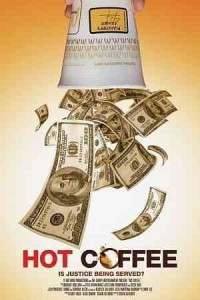 Let it Be Me is the enchanting new romance from author, Kate Noble. It tells the story of Bridget Forrester, a gifted pianist, who is, unfortunately, plagued by a terrible case of stage fright and insecurity about her abilities, and Oliver Merrick, a man with a gift for discerning people’s talents and nurturing them.
Let it Be Me is the enchanting new romance from author, Kate Noble. It tells the story of Bridget Forrester, a gifted pianist, who is, unfortunately, plagued by a terrible case of stage fright and insecurity about her abilities, and Oliver Merrick, a man with a gift for discerning people’s talents and nurturing them.
Bridget, frustrated by the roaring success of her sister’s social debut compared with her own lackluster first season, has been declared a shrew and her “character fixed as ‘unpleasant.’ And there seemed little she could do but endure it.” Until, that is, she receives a letter from the famed Italian composer, Vincenzo Carpenini, inviting her to become his student when he returns to England for an extended stay. Bridget is elated. Finally, proof of her own worth! But after finding out that Carpenini has suddenly changed his mind and no longer plans to leave Venice, she is heartbroken and humiliated.
However, not one to simply accept defeat–at least when it comes to her heart’s desire–and assisted by the convenient collapse of a tree on her family’s townhouse, Bridget manages to persuade her mother, together with her younger sister, to decamp for Venice and warmer climes. When she arrives in Venice for her long-awaited music lessons, she is stunned to discover that the composer does not remember her at all. But Oliver, Carpenini’s friend and supporter does; and since Carpenini has foolishly risked both his career and Oliver’s with a wager against the Austrian composer Klein–the new favorite of the Marchese–Bridget’s sudden appearance is well-timed.
The blossoming relationship between Bridget and Oliver is lovely to read about. As Bridget’s passion for life and love flourishes, so does her ability on the piano. Oliver is unlike any other romantic hero I’ve ever encountered. Very much a beta, he supports and encourages Bridget, and believes in her in a way no-one else has. His character has a good natured temperament and a gentle sense of humor–somewhat refreshing after the big, bad alphas, who seem to get riled up over nothing.
Noble’s writing is lyrical and filled with musical metaphors and similes. Framing the relationship in terms of music was an enjoyable novelty. I particularly liked reading a historical romance set somewhere other than Britain or America, and I’ll admit I’m partial to the romantic setting of Venice. For those seeking a well-written, touching romance with a hero and heroine worth cheering for, I highly recommend Let it Be Me.
Check the WRL catalog for Let it Be Me



















